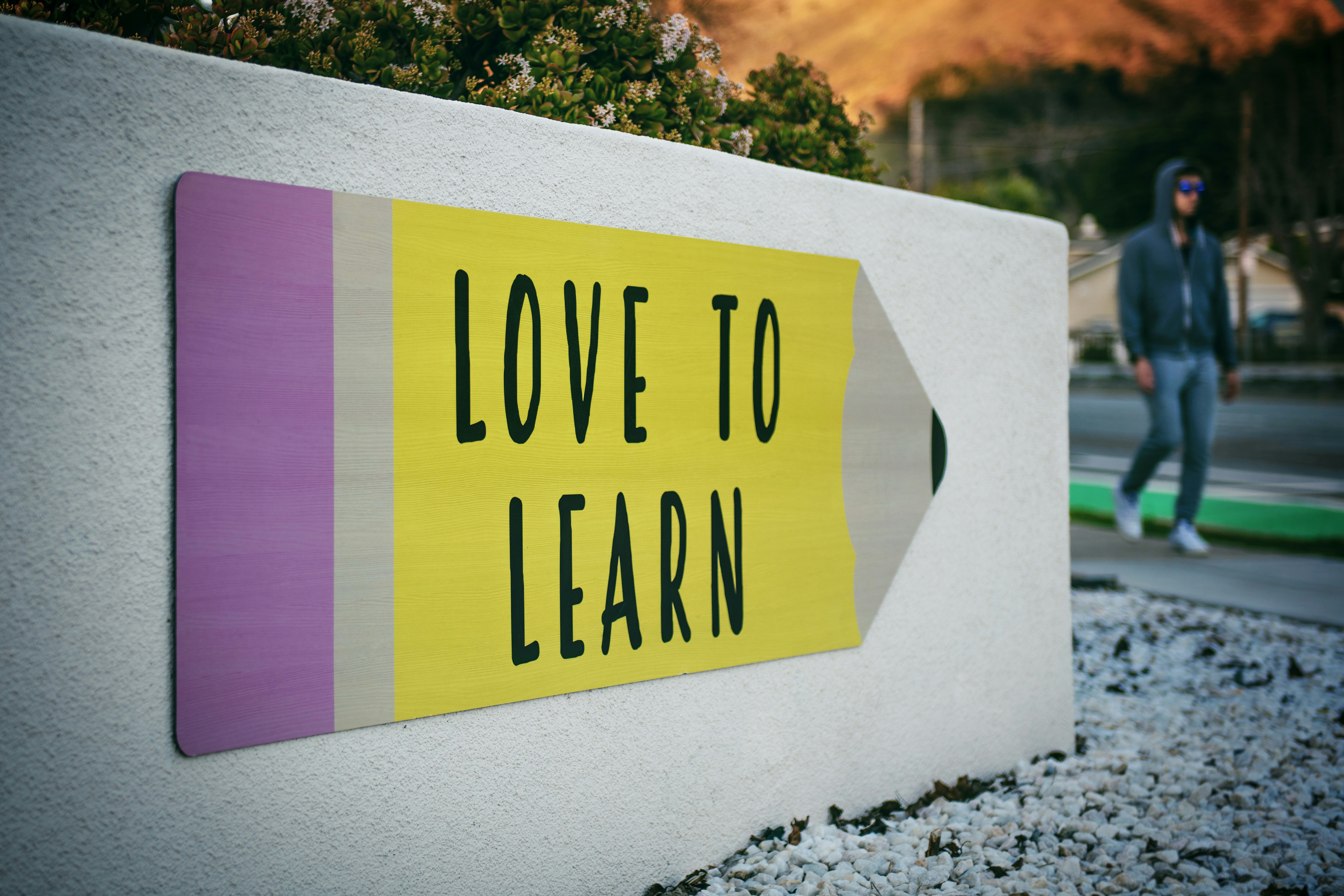Reading is a complex skill that involves more than just decoding words on a page. It requires the ability to comprehend and make sense of the information presented. One important aspect of reading comprehension is understanding cause and effect relationships. In this blog post, we will explore what cause and effect is in reading and why it is crucial for developing strong reading skills.
What is Cause and Effect?
Cause and effect is a relationship between events or actions where one event (the cause) leads to another event (the effect). It is a fundamental concept that helps us understand how different elements in a text are connected and how one event can influence or result in another.
When reading, cause and effect relationships can be found in various forms. They can be explicit, where the author directly states the cause and effect relationship, or they can be implicit, requiring the reader to infer the relationship based on the information provided.
Why is Cause and Effect Important in Reading?
Understanding cause and effect is essential for effective reading comprehension. It helps readers make connections between different parts of a text, identify the main ideas, and determine the sequence of events. By recognizing cause and effect relationships, readers can better understand the author’s purpose and the overall message of the text.
Additionally, cause and effect relationships help readers predict what might happen next in a story or text. By understanding the cause, readers can anticipate the effect and make predictions about the plot or outcome. This active engagement with the text enhances reading comprehension and critical thinking skills.
Strategies for Identifying Cause and Effect
There are several strategies that can help readers identify cause and effect relationships in a text:
- Look for Signal Words: Signal words such as “because,” “since,” “as a result,” “so,” and “therefore” can indicate a cause and effect relationship. Pay attention to these words as they can guide you in identifying the relationship.
- Identify Actions and Consequences: Look for actions or events that occur in the text and consider their consequences. Ask yourself, “What happened as a result of this action?” This will help you identify cause and effect relationships.
- Make Inferences: Sometimes, the cause and effect relationship is not explicitly stated. In such cases, you need to make inferences based on the information provided. Look for clues and evidence in the text to infer the cause and effect relationship.
- Use Graphic Organizers: Graphic organizers, such as cause and effect diagrams or flowcharts, can help visually represent the cause and effect relationships in a text. They provide a clear structure and aid in understanding the connections between events.
Benefits of Understanding Cause and Effect in Reading
Developing an understanding of cause and effect in reading has several benefits:
- Improved Comprehension: Recognizing cause and effect relationships enhances reading comprehension by helping readers make connections and understand the text’s main ideas.
- Enhanced Critical Thinking: Identifying cause and effect requires critical thinking skills. It encourages readers to analyze information, make predictions, and evaluate the significance of events.
- Effective Problem Solving: Understanding cause and effect extends beyond reading. It is a valuable skill in problem-solving situations, as it helps individuals identify the root cause of a problem and consider potential solutions.
- Expanded Vocabulary: Cause and effect relationships often involve specific vocabulary words. By understanding these relationships, readers can expand their vocabulary and improve their overall language skills.
Conclusion
Cause and effect is a crucial concept in reading comprehension. It allows readers to understand how events are connected, make predictions, and comprehend the author’s message. By using strategies to identify cause and effect relationships, readers can enhance their reading skills, critical thinking abilities, and overall comprehension. So, the next time you read a text, pay attention to the cause and effect relationships within it, and unlock a deeper understanding of the content.
